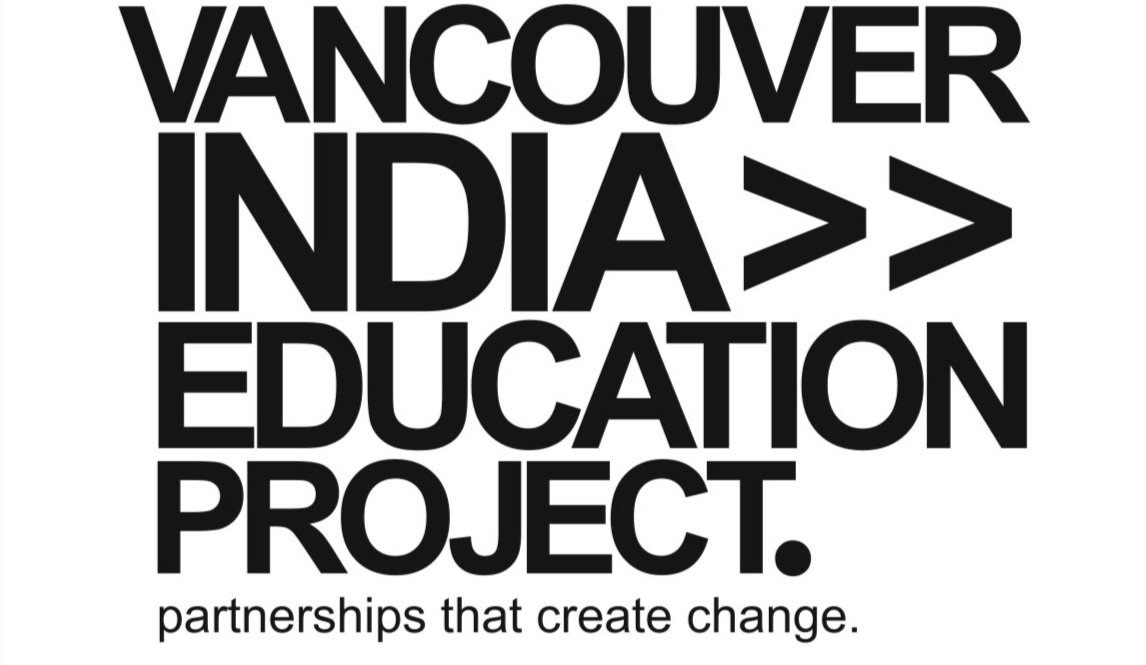We don’t compete with you.
We complete you.
Direct recruitment.
The ability to shake hands and keep in touch regularly is nearly impossible when separated by layers of recruitment and AI-driven matchmaking. This is what assembly-line, automated advising has become. We want to bring back those meaningful relationships that help students make the right decisions for each of their futures- not what is easiest, fastest, or what earns the highest commission.
Direct representation, where students, their parents, and their school can build relationships directly, 1 to 1, with representatives from their partner institutions, is the best way to ensure students make the right decisions for their futures.
By returning to relationship building through institutional partnerships, our goal is to enhance and improve the student journey from first thought through to establishing careers.
We can’t, and won’t do this alone. Together, we can create global citizens. Join us.
Pan-institution partnerships.
In many cases, institutional partnerships are limited in scope and in scale by a lack of resources and priority given to them. Rarely do bilateral institutional partnerships engage multiple stakeholders in each institution. There are few pan-institutional partnerships, or partnerships between multiple institutions, that engage all students in institutions outside of recruitment and research (which is of limited application across all students).
Vancouver India Education Project sees the unfulfilled potential of these partnerships and facilitates engagement between institutions, their students, instructors, and staff. Here are a few benefits to expanding partnerships across multiple departments in multiple institutions:
Increased resources: Pan-institutional partnerships can provide access to a wider range of resources, including funding, expertise, and facilities. This can help institutions offer more diverse and innovative programs and services to students.
Expanded networks: Pan-institutional partnerships can help institutions expand their networks and connect with other institutions, organizations, and communities. This can provide opportunities for students to engage with a broader range of people and perspectives.
Enhanced learning opportunities: Pan-institutional partnerships can provide students with enhanced learning opportunities, such as joint programs, research projects, and study abroad opportunities. This can help students develop new skills, gain valuable experience, and broaden their horizons.
Increased diversity and inclusion: Pan-institutional partnerships can help institutions promote diversity and inclusion by bringing together students from different backgrounds, cultures, and experiences. This can help students develop a greater understanding and appreciation of different perspectives and promote a more inclusive campus culture.
Greater impact: Pan-institutional partnerships can help institutions achieve greater impact by working together to address common challenges and opportunities. This can help institutions make a more significant contribution to society and create positive change in their communities.
Successful and sustainable organizations do not reach success on their own. By working together more broadly, institutions can offer more innovative and impactful programs and services to students and create a more inclusive, equitable, and sustainable society.
Project-based learning (PBL).
Project-based learning (PBL) provides a flexible pedagogy with numerous benefits to students. All levels of education around the world can implement PBL into their curricula to provide students with the real application of their learning in a holistic project with a sustainable focus.
Some of the key benefits include:
Active learning: PBL engages students in active learning, where they take ownership of their learning and work collaboratively to solve real-world problems. This approach helps students develop critical thinking, problem-solving, and decision-making skills.
Relevant and meaningful learning: PBL provides students with opportunities to apply their learning to real-world situations, making their learning more relevant and meaningful. This approach helps students see the connection between what they are learning and the world around them.
Improved retention: PBL helps students retain information better than traditional classroom learning. This is because students are actively engaged in the learning process and are more likely to remember what they have learned.
Collaboration and teamwork: PBL promotes collaboration and teamwork, which are essential skills for success in the 21st century. Students learn to work together, communicate effectively, and respect each other's ideas and perspectives.
Creativity and innovation: PBL encourages creativity and innovation, as students are given the freedom to explore and experiment with different ideas and solutions. This approach helps students develop their creativity and innovation skills, which are highly valued in today's workforce.
Project-based learning has several benefits that make PBL a valuable approach to education that can help students develop the skills they need to succeed in the 21st century. These projects become the stories that students can tell to showcase their abilities outside of the classroom to leverage jobs and establish their careers.
VIEP has created PBLplans.com to provide students, teachers, instructors, professors, and project leaders with instant lesson plans to offer projects customizable to each group based on their goals, with each project tied to one or more of the UN’s 17 Sustainable Development Goals.
Sustainability.
Corporations have a responsibility to not only generate profits but also to contribute to the betterment of society. Aligning with youth, education, and sustainability is a crucial step toward achieving this goal.
Youth are the future of our society. Investing in youth can help shape the next generation of leaders, innovators, and entrepreneurs. This can be done through initiatives such as mentorship programs, internships, and scholarships. By supporting youth, corporations can also tap into their creativity and fresh perspectives, which can lead to new ideas and solutions. The projects offered through VIEP are designed to develop the skills youth need to adapt to changing needs in the workforce while developing leadership skills.
Education is a key driver of economic growth and social mobility. Corporations’ support can help create a more skilled and productive workforce, leading to increased innovation and competitiveness. Through VIEP partnerships and support in funding for research and development, your organization can drive relevant and needed change in the development of skills and preparation for the job force. By supporting access to education, corporations can also help reduce inequality and promote social justice.
Sustainability is essential for the long-term viability of our planet- the state for which older generations are responsible. Corporations can reduce their environmental impact, promote social responsibility, and enhance their reputation by partnering with VIEP. This can be done directly through sponsoring initiatives such as reducing carbon emissions, using renewable energy sources, and promoting sustainable practices throughout the supply chain in their own organizations. By supporting sustainability projects, corporations can also tap into the creative, innovative, and determined minds of youth that bring fresh perspectives and solutions.
Aligning with youth, education, and sustainability is not only the right thing to do, but it is also good for business. Investing in these areas helps create a better future for all of us.
Digital fluency.
In today's digital age, digital fluency is becoming increasingly important for success in both personal and professional contexts. Here are some reasons why digital fluency is required for success:
Communication: Digital fluency is essential for effective communication in today's world. With the rise of digital communication channels such as email, instant messaging, and video conferencing, being able to use these tools effectively is crucial for success in the workplace.
Collaboration: Digital fluency is also important for collaboration. With remote work becoming more common, being able to collaborate effectively with colleagues using digital tools is essential.
Productivity: Digital fluency can also improve productivity. With the right digital tools and skills, individuals can automate repetitive tasks, streamline workflows, and work more efficiently.
Innovation: Digital fluency is also important for innovation. With the ability to use digital tools to access information, analyze data, and develop new ideas, individuals can be more innovative and creative in their work.
Career advancement: Finally, digital fluency is becoming increasingly important for career advancement. Many jobs now require digital skills, and individuals who are proficient in digital technologies are more likely to be considered for promotions and new opportunities.
Digital fluency is essential for effective communication, collaboration, productivity, innovation, and career advancement. Vancouver India Education Project offers a virtual platform where students from around the world can collaborate, explore, discover, and network while working together on a project to make the world a more equitable place.

